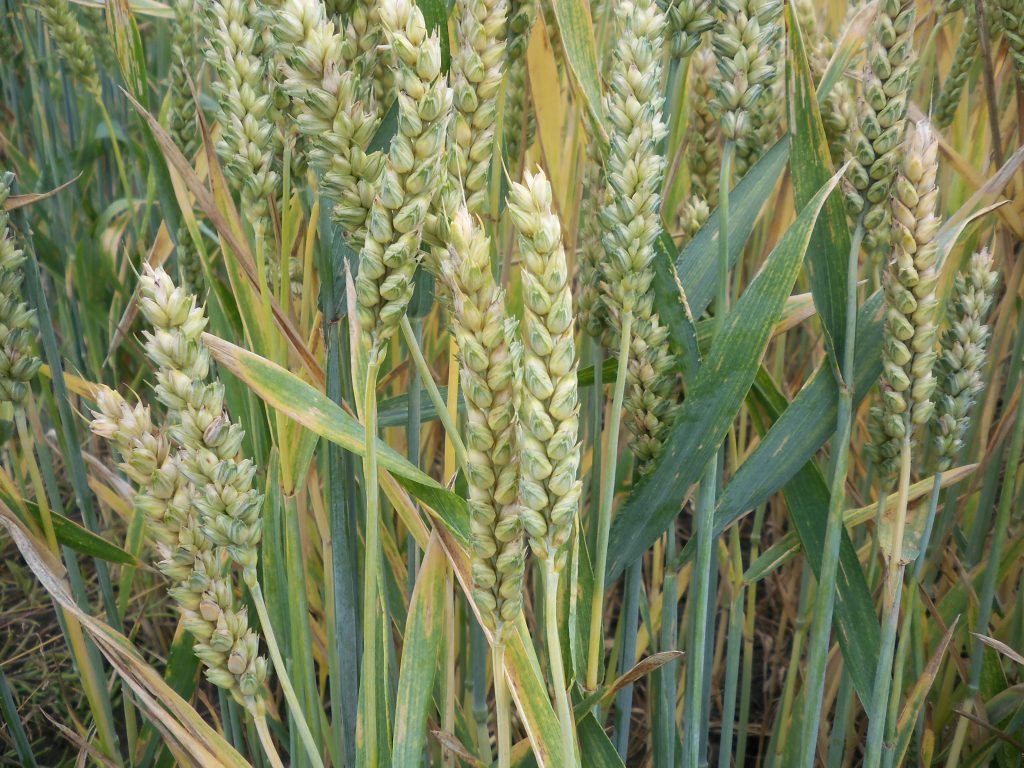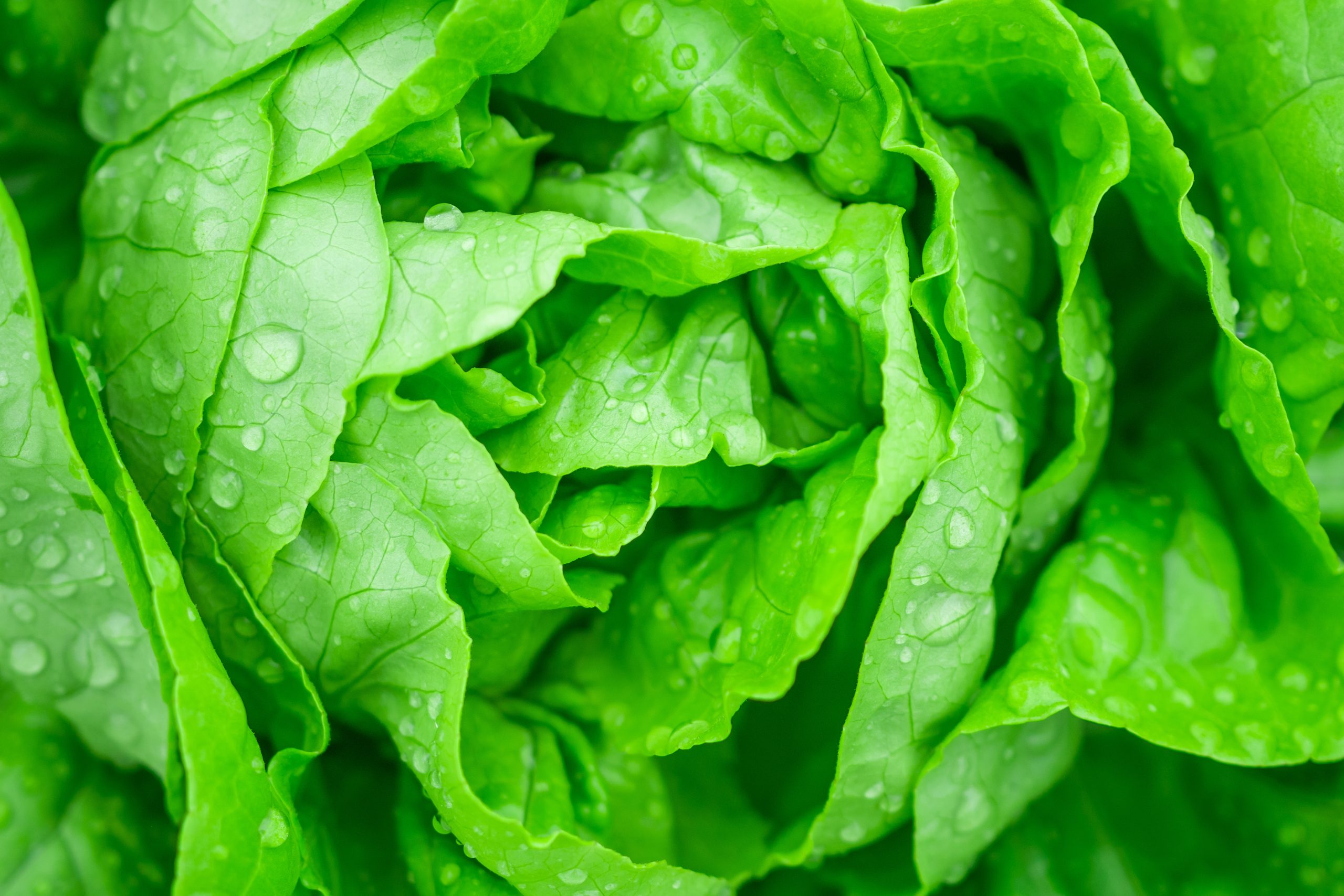Iodine biofortification through innovative fertilization strategy
Worldwide, 2 billion people (30% of the world’s population) suffer from iodine deficiency due to low iodine intake through their diet. This can lead to an underactive thyroid gland, which manifests itself in reduced alertness and increased fatigue, among other things. In children, iodine deficiency can lead to reduced intelligence.
This blog shows how research into biofortification with iodine led to innovative fertilizers as a possible solution for insufficient iodine intake through food.

Changing lifestyles lead to less iodine intake
Iodine is mainly ingested through consumption of products of animal origin, such as milk, meat and eggs. The intake of iodine with fruits and vegetables is insufficient to meet the daily human needs. This is because the soils in which these crops are grown do not contain enough available iodine for uptake by the plant. Changing lifestyles also lead to less iodine intake than in the past: vegetarians and vegans do not eat products of animal origin; at breakfast, bread prepared with iodized baker’s salt is less or no longer eaten; and there is an increase in the consumption of convenience food, prepared without iodized salt.

Foliar sprays with fertilizers, such as potassium nitrate enriched with iodine, have been shown to be effective in increasing iodine levels in wheat.
Agricultural biofortification with iodine, selenium and zinc via fertilization
One possible solution to this global problem is agronomic biofortification. This is the enrichment of the edible parts of a plant with essential micronutrients, such as iodine, selenium, and zinc, which are administered through fertilization and absorbed by the plant.
Foliar spraying and fertigation with fertilizers, such as potassium nitrate enriched with iodine, increase iodine levels in crops
Foliar sprays with fertilizers, such as potassium nitrate enriched with iodine, have been shown to be effective in increasing iodine levels in wheat, rice, corn, apple, and pear, among others. In addition, fertigation projects with a nutrient solution containing iodine in tomato and lettuce have shown that both crops had increased iodine content. In agricultural biofortification by foliar spraying and fertigation, the amounts of iodine administered are significantly higher than in the case of iodine as a micronutrient from plants.
From fertilizer via plant and food processing to human intake
Follow-up research showed that iodine in food prepared from agriculturally biofortified rice and wheat is eventually made available by the human digestive system for further absorption and distribution throughout the body. This completes the entire process of iodine “from fertilizer to human”.
Agricultural biofortification by applying water-soluble fertilizers with iodine in fertigation or as foliar spraying offers opportunities for innovative fertilizers
Consumption of these agronomically biofortified crops can contribute significantly to improved iodine intake by humans. Agricultural biofortification does require new fertilizers with increased levels of essential micronutrients for use in the new market of fortified food for humans (instead of plant nutrition).
References
- Ismail Cakmak, Massimo Marzorati, Pieter Van den Abbeele, Katja Hora, Harmen Tjalling Holwerda,Mustafa Atilla Yazici, Erdinc Savasli, Joachim Neri, and Gijs Du Laing. (2020). Fate and Bioaccessibility of Iodine in Food Prepared from Agronomically Biofortified Wheat and Rice and Impact of Cofertilization with Zinc and Selenium. Journal of Agricultural and Food Chemistry. XXXX. https://doi.org/10.1021/acs.jafc.9b05912
- Iodine biofortification of wheat, rice and maize through fertilizer strategy. Cakmak, I., Guilherme, L.R.G., Rashid, A., Hora, K.H., Yazici, A., Savasli, E., Kalayci, M., Tutus, Y., Phuphong, P., Rizwan, M. and Martins, F.A.D., 2017. https://www.jstor.org/stable/48725672
- Iodine biofortification of apples and pears in an orchard using foliar sprays of different composition. Budke, C., Dierend, W., Schön, H.G., Hora K., Mühling, K.H., Broll, G., and Daum, D. 2021. https://www.frontiersin.org/articles/10.3389/fpls.2021.638671/full
- Kiferle, Claudia & Gonzali, Silvia & Holwerda, Harmen Tjalling & Ibaceta, Rodrigo & Perata, Pierdomenico. (2013). Tomato fruits: A good target for iodine biofortification. Frontiers in plant science. 4. 205. https://doi.org/10.3389/fpls.2013.00205
- Voogt, Wim & Holwerda, Harmen Tjalling & Khodabaks, Rashied. (2010). Biofortification of lettuce (Lactuca sativa L.) with iodine: The effect of iodine form and concentration in the nutrient solution on growth, development and iodine uptake of lettuce grown in water culture. Journal of the science of food and agriculture. 90. 906-13. 10.1002/jsfa.3902. https://doi.org/10.1002/jsfa.3902
Looking for support?
Are you looking for support in diversification as a business growth strategy for one or more new water-soluble fertilizers? Please contact Harmen Tjalling Holwerda of HSPN Consulting.
Contact
